May 19, 2024 | 14:46 GMT +7
May 19, 2024 | 14:46 GMT +7
Hotline: 0913.378.918
May 19, 2024 | 14:46 GMT +7
Hotline: 0913.378.918
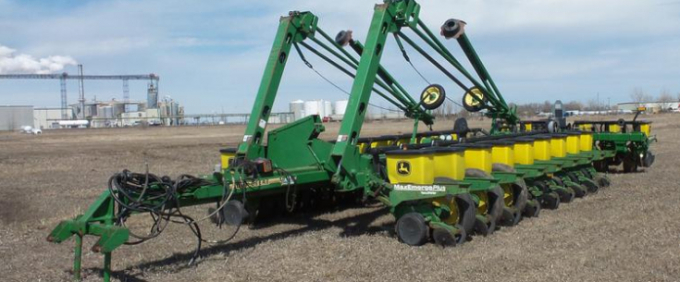
Photo: John Deere
“We get one chance to place the seed exactly where it needs to be and hit a specific strike zone,” says Steve Mast, who farms with brothers Brent and Earl in Payson, Illinois. “Because that responsibility rests solely on the planter, it has to be as effective and efficient as possible.”
Mast has always paid close attention to the latest in equipment technology. When John Deere introduced the ExactEmerge planter at the 2014 National Farm Machinery Show, he was there the moment it was revealed.
INNOVATIVE COMPONENTS
By incorporating innovative components into the row unit, ExactEmerge doubles traditional planting speeds, up to 10 mph, while still maintaining optimal seed placement in varying field conditions. The seed delivery system leverages electric motors that independently control seed meters and brush belts that place seed based in ground speed. Rather than a traditional seed tube, it uses a trench delivery system that picks the seed off the meter and delivers it about 2 inches above the bottom of the seed trench.
“When I saw the BrushBelt trench delivery system, I was impressed with how it took the seed off the bowl-shaped meter and controlled it all the way down to the seed trench,” Mast says.
Hydraulic downforce was another appealing feature. “The main area we can improve on is seed placement. I believe hydraulic downforce will help us achieve more uniform seed spacing and planting depth,” he says. “It will adjust five times per second and make adjustments of 100 pounds in less than a second, which ensures we maintain consistent depth.”
With a high-speed planter, they are also able to optimize the ever-shrinking planting window. “Because we can cover more acres in a day, we can stop planting 36 hours ahead of a cold weather front, which has affected emergence in the past,” Mast says.
Even though the Masts couldn’t justify the cost of upgrading to a new ExactEmerge planter, they could turn their current John Deere 1770NT 16-row planter into a like-new tool. “Our planter is still very functional, so there was no need to replace it. Because we wanted the technology only, going with the upgrade kit made more sense,” Mast says. “We didn’t want to spend just north of $200,000 for a new planter, but we were willing to spend about $75,000 for an upgrade.”
TESTING TECH
For Silent Shade Planting Company, replacing four regular planters with two DR18 ExactEmerge planters made sense on paper. While the company’s operators were excited about the prospect of high-speed planting and eliminating the crunch time in spring, they were also skeptical. Could the new planter travel at up to 10 mph and still place seed accurately?
Unwilling to go all in on planters without a test, the Belzoni, Mississippi, operation opted to first invest in a 1725 planter (12-row, 38-inch) with ExactEmerge to evaluate performance.
“The accuracy of the seed placement and the planter’s ability to correctly repeat that placement were key. We were impressed at how well it performed,” says Jeremy Jack, who farms at Silent Shade with wife Elizabeth, parents Willard and Laura Lee Jack, and his sister, Stacie Koger.
Convinced the planter was the right fit, two DR18 ExactEmerge planters were purchased in 2017. The switch not only allowed them to cut the amount of equipment in half but also reduce labor.
“We eliminated two tractors and reduced some support equipment like seed tenders, as well as the operators it took to run those machines,” Jack says. “From an efficiency standpoint, these planters have made a big difference in our operation.”
While the DR18 ExactEmerge planters do most of the planting, a John Deere 1725 MaxEmerge planter (16-row, 30-inch) was later added to help with timing due to weather. For example, if they need to start planting cotton but still have some soybeans to plant, the DR18 planters will tackle the cotton while the 1725 planter finishes soybeans.
Because they’re able to plant faster, they can also take advantage of windows when conditions are ideal. “In the last 10 years, we’ve noticed there are certain days when we need to plant our crops for better yields. With these planters, we can wait for those perfect time periods, where historically we have seen our highest yields, so we plant in optimal conditions,” Jack says, adding that they’ve been able to plant 400 acres in a day with one DR18 planter.
The variable-rate drive system takes what Jack describes as “the most difficult piece of technology we ever ran” and turns it into a seamless operation.
“I can remember going back and forth to the office about five times because I couldn’t get the prescription to work on our first variable-rate planter,” he recalls. “Technology has made variable-rate seeding seamless today. Because these systems work together now, the John Deere Operations Center has years of data I can overlay. With a few clicks, I can make a prescription and then send it to the tractor wirelessly.”
REMOTE MONITORING
Jack says having the ability to better monitor the planter remotely has also proved beneficial. “During planting, there was an issue the operator didn’t catch,” he says. “In one field, the as-applied map for the planting rate was supposed to be 32,000 seeds per acre. Yet, the average was showing 29,000 seeds per acre.”
Since everything the planter does is being recorded and sent to MyJohnDeere in the cloud, they dug a little deeper, and noticed one of the wings was planting at a reduced rate.
“We were able to dial into exactly what was wrong before we even looked at the planter. There was a small hole in the vacuum, and it wasn’t pulling the seeds in correctly. When we got to the planter, we already knew where to start looking, and we found the problem,” Jack says. “Because we have all of this information at our fingertips, we have become much quicker at solving problems and moving forward.”
As farmers try to raise crops in an environment where many variables are beyond their control, both Mast and Jack say ExactEmerge technology is giving them the ability to perfect their pitch, so they can better manage the variables that are within their control.
(SF)
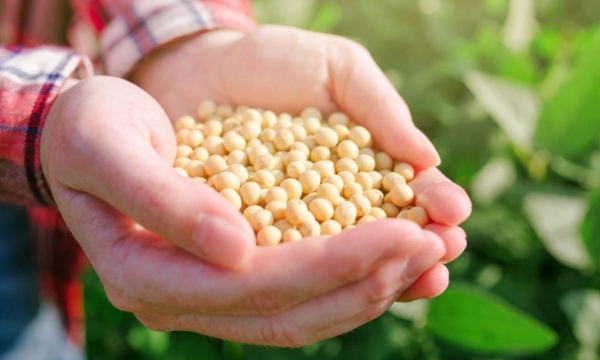
(VAN) The upcoming U.S. soybean harvest is expected to approach record levels, but exporters had sold practically none of it as of last week, a typical time when new-crop sales may start to roll in.
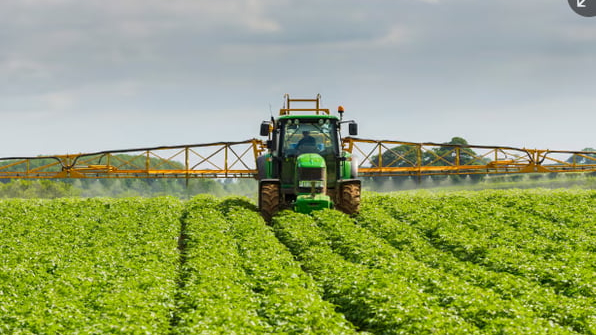
(VAN) Edible oil droplets trap bugs without the harm to people and wildlife that synthetic pesticides can cause.
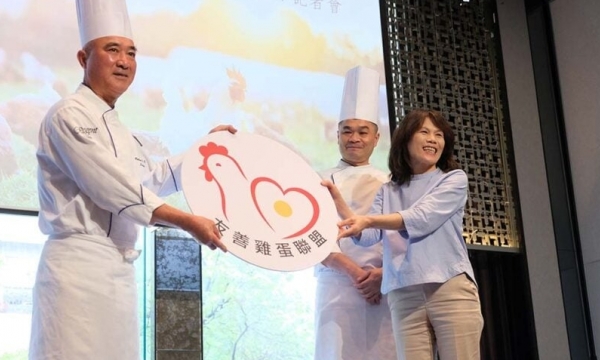
(VAN) The Silks Hotel Group – Taiwan’s largest publicly-listed hotel group – has announced a cage-free sourcing policy.
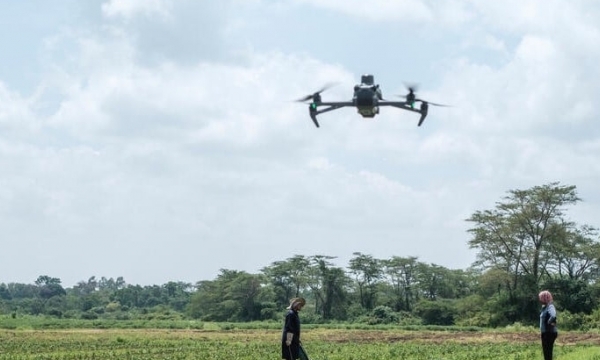
(VAN) Director-General QU Dongyu spoke at the Business Federation of the G7 in Rome
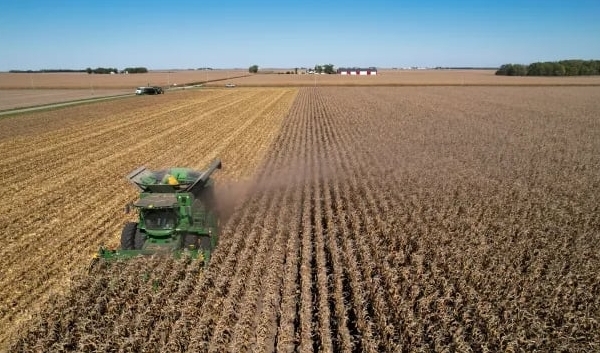
(VAN) Pharmaceutical, manufacturing and big agriculture interests have spent more than $400 million lobbying Congress on a new farm bill, a new report has found.
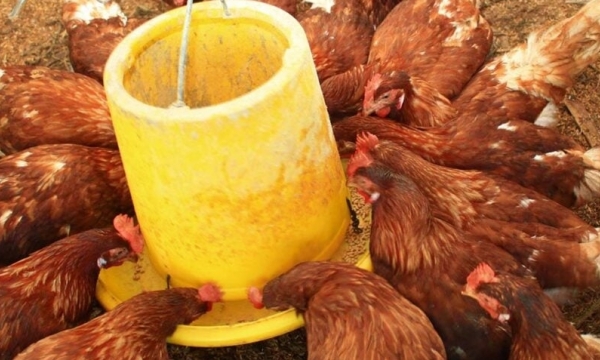
(VAN) RSPCA Assured has further extended its current pause on the introduction of new standards for laying hens, pausing its rollout for 9 months.
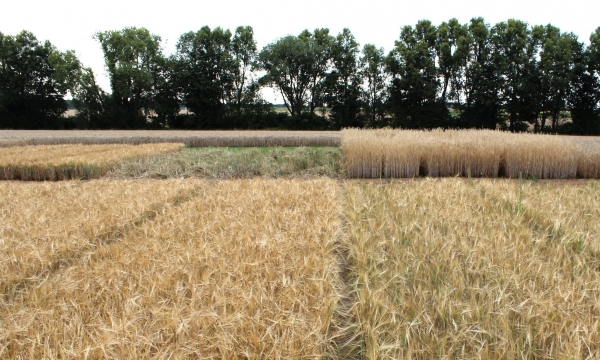
(VAN) Plants adapt genetically over time to the special conditions of organic farming. This has been demonstrated in a long-term study conducted at the University of Bonn.